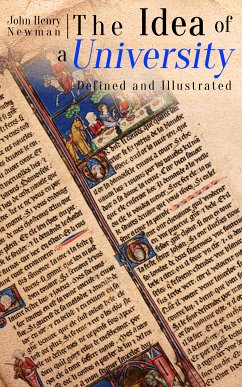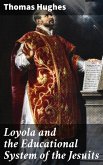The Idea of a University is a book by English theologian, polymath and scholar John Henry Newman in which he explained his philosophy of education. Newman believed in a middle way between free thinking and moral authority—one that would respect the rights of knowledge as well as the rights of revelation. His purpose was to build a Catholic university, in a world where the major Catholic universities on the European continent had recently been secularized, and most universities in the English-speaking world were Protestant. Newman divided his ideas in nine discourses: Discourse I. Introductory Discourse II. Theology A Branch Of Knowledge Discourse III. Bearing Of Theology On Other Branches Of Knowledge Discourse IV. Bearing Of Other Branches Of Knowledge On Theology Discourse V. Knowledge Its Own End Discourse VI. Knowledge Viewed In Relation To Learning Discourse VII. Knowledge Viewed In Relation To Professional Skill Discourse VIII. Knowledge Viewed In Relation To Religion Discourse IX. Duties Of The Church Towards Knowledge








